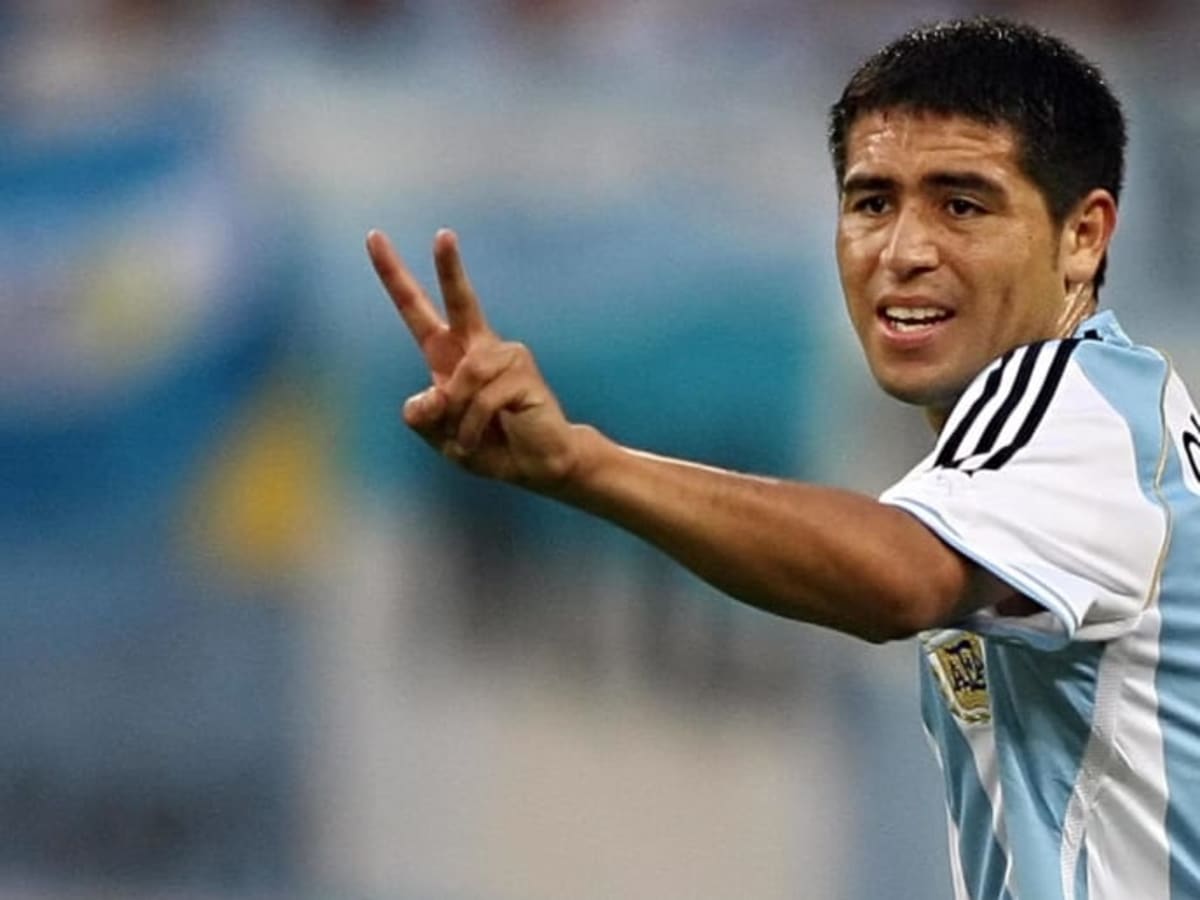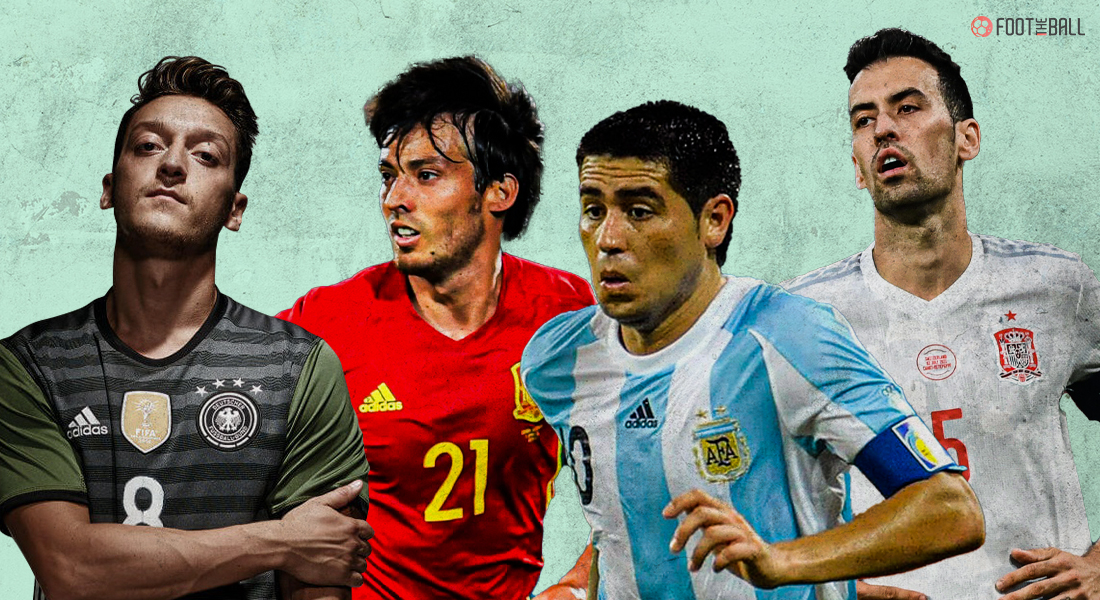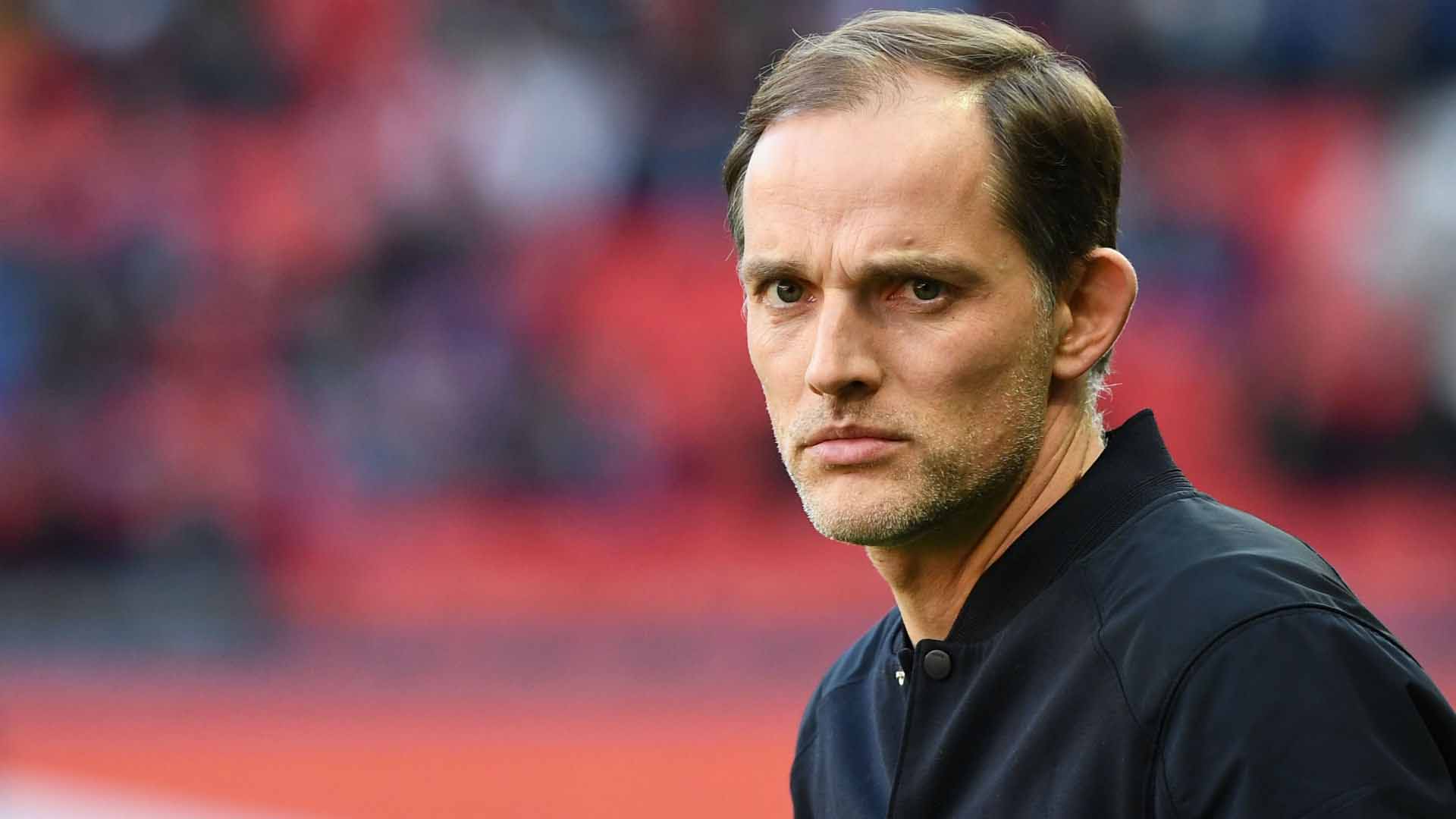Football is a global sport that has transcended all borders. The game has been owned in each part of the world and rebranded according to its local dialects.
Germans have “Raumdeuter“, Italians gave “Mezzala” and “Regista”, Spain gave “Tiki-Taka” and so much more.
One such term that was groomed in Argentina is Enganche. Players like Juan Roman Riquelme, David Silva represent the pinnacle of the Enganche period.

The role was perfected in South America and then toured the world. Enganche had its early days in the 1980s when Diego Maradona implemented it in its raw form and passed it on. It enjoyed a renaissance period in the following years when it was rechristened as the “Trequartisa“. The role has been dying slowly over the years due to the modern game’s emphasis on gegenpressing.
What does the term mean? What do they do? Who are the best Enganches? Why is the role dying? Ever got confused by the term “plays in the hole”? We try to break it down.
Enganche meaning in football
Enganche is a Spanish word that roughly translates to “hook”. What it essentially means is Enganche is a player that acts as a hook between midfield and attack. He plays a free role and operates in the space between midfield and the attack. An Enganche is primarily responsible for playmaking i.e, creating chances. He is the player the midfield tries to shift the ball to. He is also the person the strikers expect service from.
The best video you'll see today, Diego Maradona's highlights from the 1986 World Cup 🐐pic.twitter.com/qjxvbmqgLg
— Fanzine (@Fanzine_com) June 30, 2021
A person playing as an Enganche must be technically adept. They must have supreme dribbling ability and agility to outmanoeuvre their opponents. Most importantly the Enganche must have a keen eye for a pass that unlocks defences. Progressive passes is a great metric to gauge the contribution of an Enganche. An Enganche excels mostly in a diamond formation. It might be a 4-1-2-1-2 or a 3-1-2-1-3. They thrive on the opportunity to either play the through balls into the runners in behind or diagonals out wide. As they play in that hole between attack and midfield they get that famous “in the hole” metaphor.
A player with a small center of gravity may suit this role well as they have incredible ball control and agility. A player’s tactical and footballing genius would also determine the success they have in this role.
Though the word is taken from Spanish, it is made popular in the South American continent and especially in Argentina. The role also has similar counterparts in Europe. The Italians call it Trequartis. It also indicates a playmaking role with more emphasis on goal scoring as well. The English call it a number 10 role where apart from scoring and assisting the player also has defensive duties to perform.
Evolution of Enganche
The Argentines started using the role in the 1960s to some degree. However, the role shot to prominence due to Diego Maradona in the 1980s. Carlos Bilardo, Argentina’s coach back then used Maradona in the Enganche role to supreme success. The mercurial Argentine tormented the defences as they coasted their way to the title. It could be argued that Maradona wasn’t a true Enganche as he used to drop infield from a striker role or a winger role.
The mantle got passed after Maradona to another game-changer in Juan Roman Riquelme. The lean and slender midfielder defined what a pure Enganche would look like. His flair and elegance on the pitch were too hot to handle for the opponents. He combined his incredible skillset with it to dictate games as a playmaker with key passes every time. Riquelme was a pure attack-minded Enganche. By the time his reign ended, two certain Spaniards would take over the baton.
Sergio Busquets proved that an Enganche needn’t always be attack-minded. He is a player who sits at the base of the midfield and sets the tempo as a deep-lying playmaker. Busquets’ technique and tactical impetus cover up for his lack of pace and makes him one of the best in the world. David Silva is another Spaniard who rocked the Premier League as an Enganche. The ex-Manchester City playmaker often put masterclasses from that position as he drove City to four league titles.
The present hasn’t been kind to this role.
Death of the Enganche?
The beauty of the Enganche role comes from the ability to pick the right pass. For this action, the player tends to freeze for a second known as “pausa”. This pause represents a serene moment before a catastrophic outcome that’s gonna destroy the calmness. The game in the previous century and the earlier decades of this century worked out perfectly.

But as the game evolved, the pace of the game increased. A new system called pressing or Gegenpressing has become a feature of every team. This rapid closing down of the ball doesn’t let the Enganche take the pause peacefully. This disrupts the rhythm of the artist and neutralizes him. Also, the modern game demands each and every player to defend. The Enganche’s are not sound defensively and don’t tend to trackback. This is seen as a liability and teams tend to avoid it.
Lastly, coaches like Jurgen Klopp have developed systems that don’t require creativity from midfield at all. Overlapping fullbacks create chances aplenty for the forwards to feast. Midfield is barely reduced to a protection unit for defence.
These trends have seen the need for an Enganche go down. In the Premier League, Mesut Ozil could be said as the last true Enganche. Players like Ozil and Rodriguez are a dying breed as the death knell has been sounded for the conventional No 10. At their pomp, they were the heartbeat of the team and ambassadors of the beautiful game. However, the game of football is constantly evolving and waits for nobody. Unfortunately for Enganche, the latest revolution left them behind.




